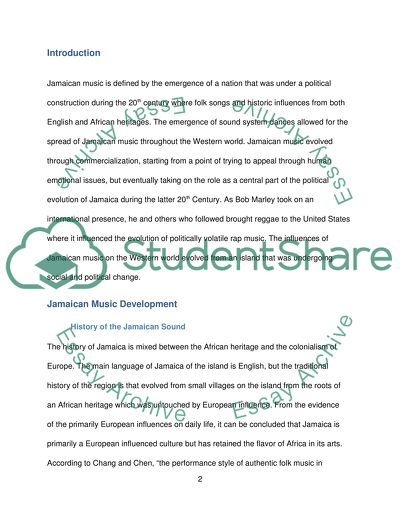Cite this document
(“The History of Jamaican Music in the 20th Century and its Influence on Essay”, n.d.)
Retrieved from https://studentshare.org/history/1395973-why-has-jamaican-music-been-so-influential
Retrieved from https://studentshare.org/history/1395973-why-has-jamaican-music-been-so-influential
(The History of Jamaican Music in the 20th Century and Its Influence on Essay)
https://studentshare.org/history/1395973-why-has-jamaican-music-been-so-influential.
https://studentshare.org/history/1395973-why-has-jamaican-music-been-so-influential.
“The History of Jamaican Music in the 20th Century and Its Influence on Essay”, n.d. https://studentshare.org/history/1395973-why-has-jamaican-music-been-so-influential.


